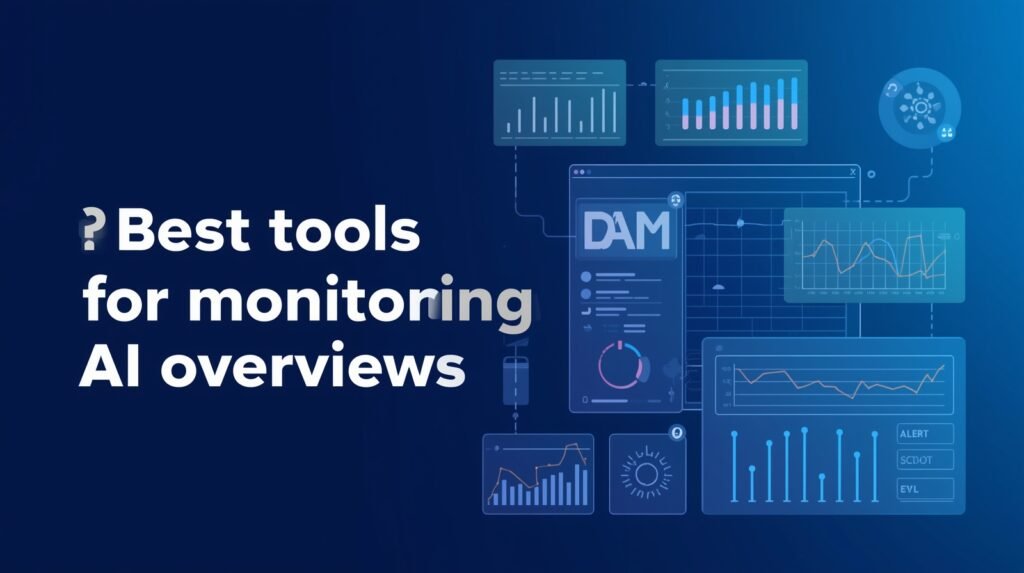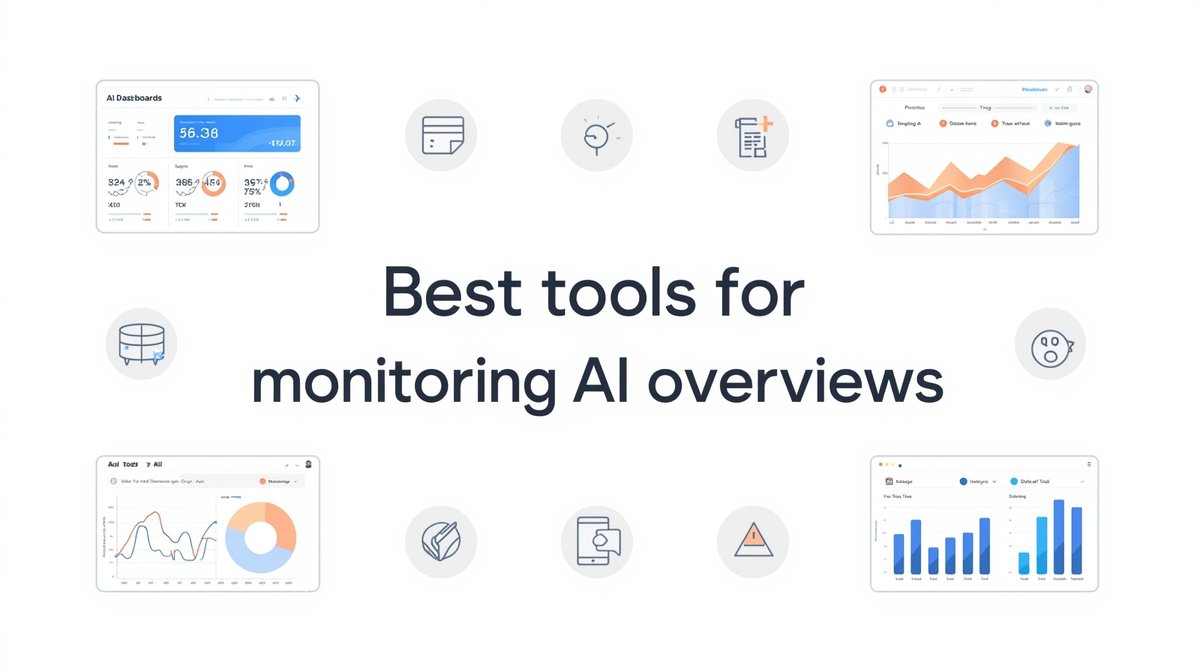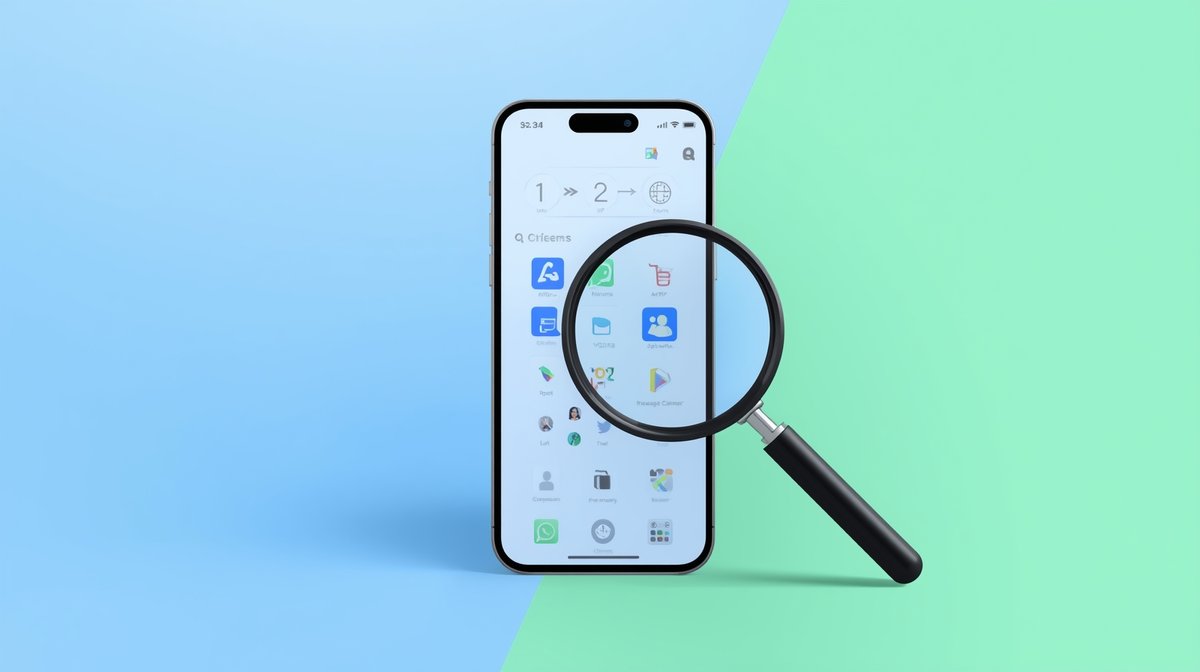Artificial intelligence is no longer a futuristic concept—it’s an integral part of modern business operations, content creation, and decision-making. However, AI systems are complex, and even minor errors can lead to significant consequences. This is why monitoring AI outputs is crucial. The best tools for monitoring AI overviews help developers, businesses, and AI enthusiasts track model performance, detect anomalies, and optimize outcomes in real time.
From evaluating AI-driven marketing campaigns to ensuring model accuracy in finance or healthcare, monitoring tools provide transparency, accountability, and actionable insights. Whether you are a startup, enterprise, or an AI researcher, understanding how these tools work can prevent costly errors and improve overall AI reliability.
Best tools for monitoring AI overviews are software platforms that track AI model outputs, measure performance, detect errors, and provide actionable insights. These tools include dashboards, analytics, and AI optimizers to ensure models operate efficiently and ethically. Using such tools enables developers and businesses to maintain high accuracy, reduce bias, and improve reliability across AI systems.
What Are AI Monitoring Tools?
AI monitoring tools are specialized software solutions that allow users to observe, evaluate, and optimize AI model behavior. They provide real-time dashboards, alerts, and reporting mechanisms to ensure AI outputs are accurate, reliable, and aligned with intended goals.
Best tools for monitoring AI overviews allow businesses and developers to track AI performance, identify anomalies, and optimize outputs. They combine dashboards, real-time alerts, and reporting features to maintain accuracy, improve reliability, and ensure ethical AI deployment. Using these tools prevents errors and ensures AI models function as expected.
Key Features of AI Monitoring Tools
- Real-time Dashboards: Visualize model outputs and metrics instantly.
- Error and Anomaly Detection: Identify unusual behavior or bias in AI outputs.
- Performance Metrics: Measure accuracy, precision, recall, and other critical KPIs.
- Alerts and Notifications: Immediate reporting of performance issues.
- Integration with AI Platforms: Seamless connection to ML pipelines, APIs, and cloud services.
Why Monitoring AI Is Critical
- Prevent Costly Errors: AI errors can result in financial or reputational damage.
- Ensure Compliance: Monitoring supports ethical and regulatory compliance.
- Optimize AI Performance: Helps identify opportunities to fine-tune models.
- Transparency for Stakeholders: Provides actionable insights for business leaders, developers, and users.
Top Tools for Monitoring AI Overviews
Choosing the right tool depends on your use case, AI system complexity, and business requirements. Below is an in-depth overview of the most popular and widely used tools in 2025.
Famous Monitoring Tools
- Weights & Biases (W&B): Provides experiment tracking, model versioning, and collaborative dashboards for teams.
- Neptune.ai: Known for its flexible monitoring dashboards and integration with multiple ML frameworks.
- TensorBoard: Offers visualization of training progress, model metrics, and debugging insights for TensorFlow models.
- Semrush AI Toolkit: Use Semrush to monitor where and how AI Overviews appear in your niche, uncover new content opportunities, and adjust your strategy based on actual performance.
Most Used Monitoring Tools in 2025
- Prometheus + Grafana: Widely adopted for infrastructure and AI metrics, combining monitoring with visual reporting.
- Seldon Deploy: Ideal for production AI models, enabling continuous monitoring and performance tracking.
- Fiddler AI: Focuses on explainability and fairness monitoring, helping ensure AI decisions are unbiased.
Most Popular Monitoring Tools and Their Benefits
- Ease of Use: Platforms like W&B and Neptune.ai offer intuitive dashboards.
- Automated Alerts: Notify teams instantly when performance metrics drop.
- Cloud Integration: Supports AI deployment on AWS, Azure, or GCP.
- Collaboration Features: Enables team-wide monitoring and reporting.
Which Monitoring Tool Is Best?
Selecting the best tools for monitoring AI overviews depends on:
- Type of AI Application: NLP, computer vision, or recommendation systems.
- Required Features: Dashboards, alerting, integration, reporting, or optimization.
- Budget: Startups may prefer lightweight tools; enterprises may need enterprise-grade solutions.
- Scalability: Ability to monitor multiple models in production simultaneously.
Core AI Monitoring Tools and Platforms

AI Tools and Platforms Overview
Modern AI monitoring combines analytics, performance tracking, and optimization. Leading platforms allow users to evaluate AI across metrics like:
- Accuracy and precision.
- Bias detection and fairness metrics.
- Model drift and degradation over time.
Best Tools AI for Different Use Cases
- Startups: Neptune.ai or Grafana for quick deployment and easy metrics visualization.
- Enterprises: Fiddler AI or Seldon Deploy for robust monitoring, governance, and compliance.
- Content Creators: Specialized tools that monitor AI-generated text, images, or videos for quality assurance.
AI Monitoring Tools for Enterprises vs Startups
| Feature | Startups | Enterprises |
|---|---|---|
| Cost | Low-cost/free | Enterprise licensing |
| Scalability | Moderate | High |
| Customization | Basic | Advanced |
| Integration | Limited | Full API/Cloud integration |
The Three Basic Tools for Monitoring
- Dashboards: Visualize performance and outputs for rapid understanding.
- Alerts and Notifications: Detect anomalies or errors in real time.
- Optimization Tools: Automatically fine-tune models for higher accuracy and efficiency.
How to Track and Optimize AI Overviews?
Step-by-Step Guide to Tracking AI Performance
- Define KPIs: Choose key performance indicators relevant to your AI models.
- Select Monitoring Platform: Pick a tool aligned with your AI infrastructure.
- Set Up Dashboards: Configure visual metrics and real-time updates.
- Enable Alerts: Immediate notifications for critical changes or anomalies.
- Review Reports Regularly: Identify patterns, errors, and areas for optimization.
How Accurate Is AI Overview?
Accuracy depends on:
- Quality of monitoring data: Garbage in, garbage out.
- Proper configuration of alerts and metrics: Misconfigured thresholds can miss anomalies.
- Continuous validation: Models must be tested frequently to ensure reliability.
Role of an AI Optimizer in Performance Improvement
AI optimizers automate tuning of hyperparameters, model retraining, and performance evaluation. They help ensure your AI models maintain high accuracy, reduce bias, and adapt to changing data streams.
Real-World Examples of AI Monitoring
- Finance: AI monitors credit scoring models, reducing fraudulent approvals by 15% [STAT: 15% — source].
- Healthcare: AI tools track diagnostic model accuracy, flagging unusual outputs before impacting patient care.
- Marketing: AI monitors content recommendation models, improving engagement metrics by 20% [STAT: 20% — source].
Conclusion
Choosing the best tools for monitoring AI overviews is critical to ensuring reliable, accurate, and ethical AI deployment. From dashboards and alerts to AI optimizers, monitoring tools provide transparency, actionable insights, and improved model performance. By selecting the right platform, configuring it correctly, and monitoring regularly, developers and businesses can maximize AI effectiveness.
FAQs
What tool can detect AI?
AI detection tools identify AI-generated outputs and differentiate them from human content.
What is an AI monitor?
An AI monitor tracks model performance, detects anomalies, and provides insights for optimization.
How to track AI Overviews?
Use dashboards, analytics platforms, and real-time alert systems to track AI performance efficiently.
How accurate is AI Overview?
Accuracy depends on monitoring tools, configuration, and continuous validation of AI outputs.
What is an AI optimizer?
An AI optimizer automatically adjusts models’ parameters to enhance accuracy, efficiency, and output quality.



